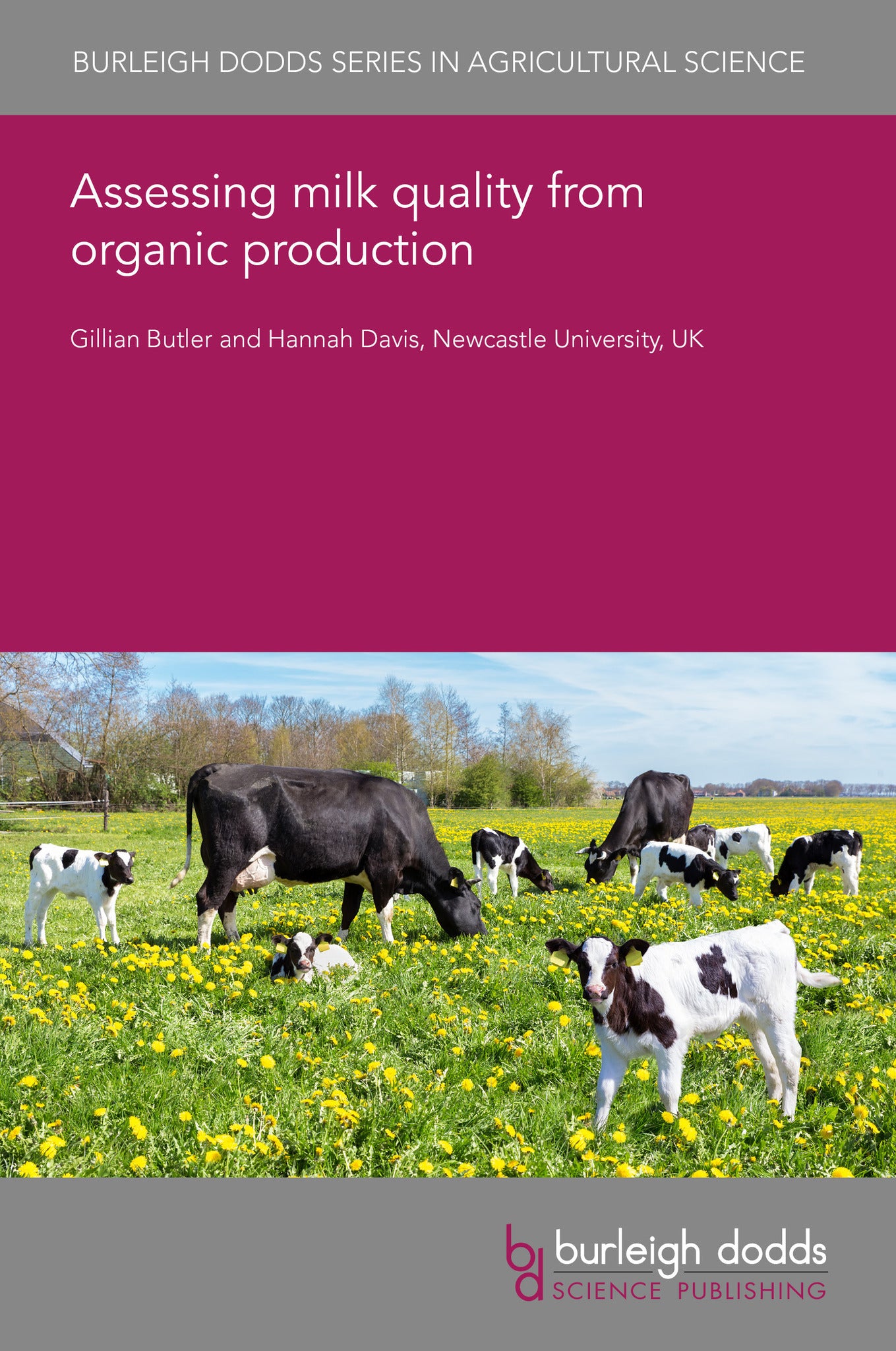We're sorry. An error has occurred
Please cancel or retry.
Assessing milk quality from organic production

Some error occured while loading the Quick View. Please close the Quick View and try reloading the page.
Couldn't load pickup availability
- Format:
-
18 February 2025

This chapter explores the concept of quality in organic milk. Quality encompasses many extrinsic properties of dairy production like animal welfare, the impact on biodiversity, climate change, and fair treatment of everybody along the supply chain. This chapter focuses on composition of the milk and asks how far organic milk varies from non-organic products and what potential there is to improve quality further. This chapter reviews key research relating to differences in protein, fatty acid and mineral composition between milk from organic and conventional production, as well risks from drug and pesticide residues. It also explores how implementation of calf-cow-contact (CCC) systems on welfare grounds affects milk quality.

TECHNOLOGY & ENGINEERING / Agriculture / Animal Husbandry, Dairy farming, TECHNOLOGY & ENGINEERING / Agriculture / Organic, TECHNOLOGY & ENGINEERING / Agriculture / Sustainable Agriculture, Organic farming, Sustainable agriculture

- 1 Introduction
- 2 Comparing organic and conventional milk composition
- 3 Protein composition
- 4 Fatty acid composition
- 5 Mineral composition
- 6 Drug and pesticide residues
- 7 The influence of cowcalf contact on milk composition
- 8 Conclusion
- 9 References



